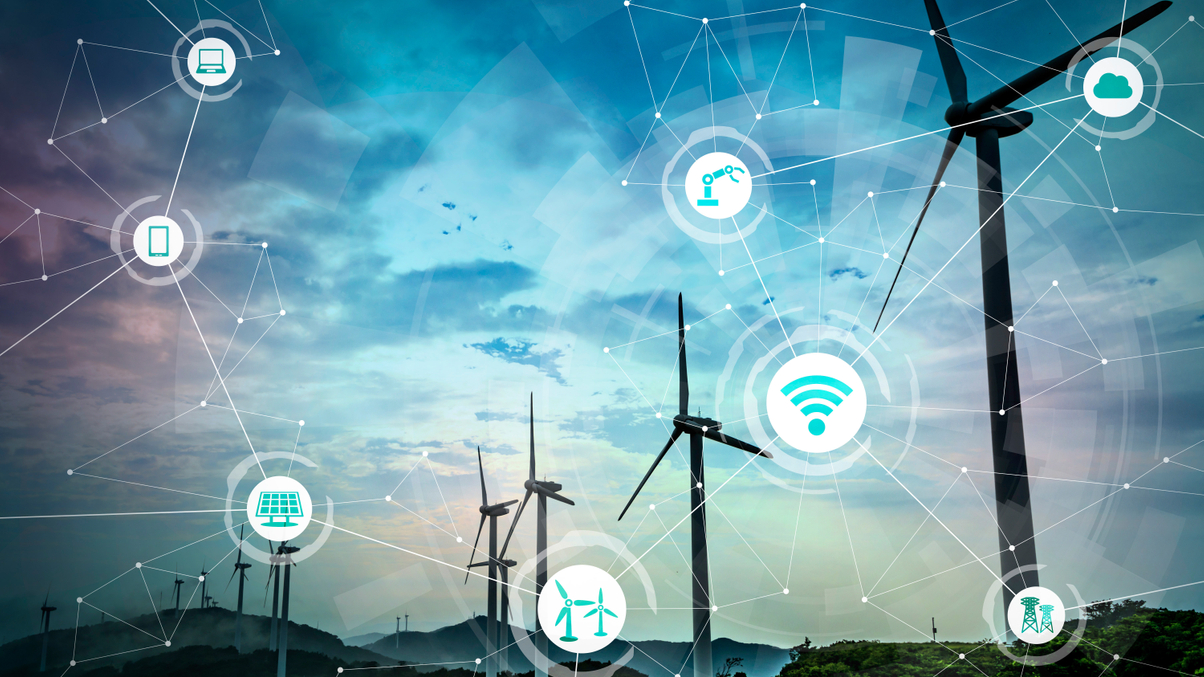Omers eyes digital telecoms and renewable energy in Apac
The Canadian pension fund aims to more than double its regional infrastructure investments by 2026, particularly in renewables, data centres, fibre networks and satellites.

Top Canadian public pension fund The Ontario Municipal Employees Retirement System is targeting opportunities in digital communications infrastructure as well as green investing for its Asia-Pacific infrastructure strategy, with a plan to more than double its share of Apac infrastructure investments in five years’ time.
Sign In to Your Account
Access Exclusive AsianInvestor Content!
Please sign in to your subscription to unlock full access to our premium AI resources.
Free Registration & 7-Day Trial
Register now to enjoy a 7-day free trial—no registration fees required. Click the link to get started.
Note: This free trial is a one-time offer.
¬ Haymarket Media Limited. All rights reserved.


